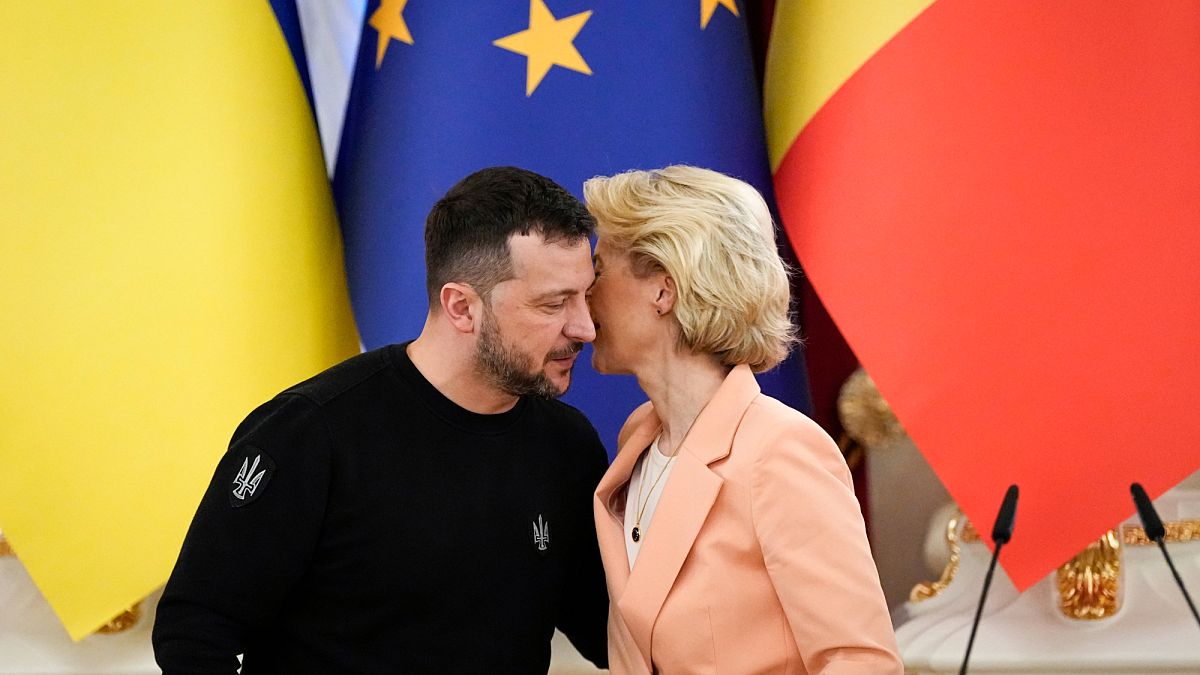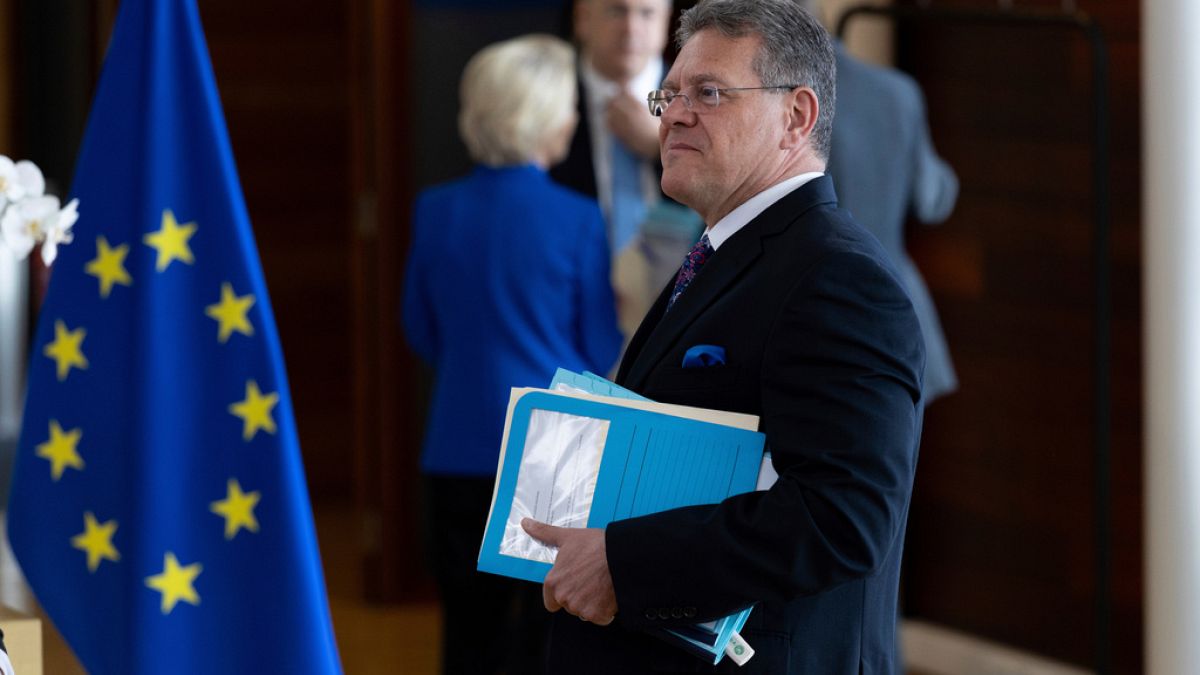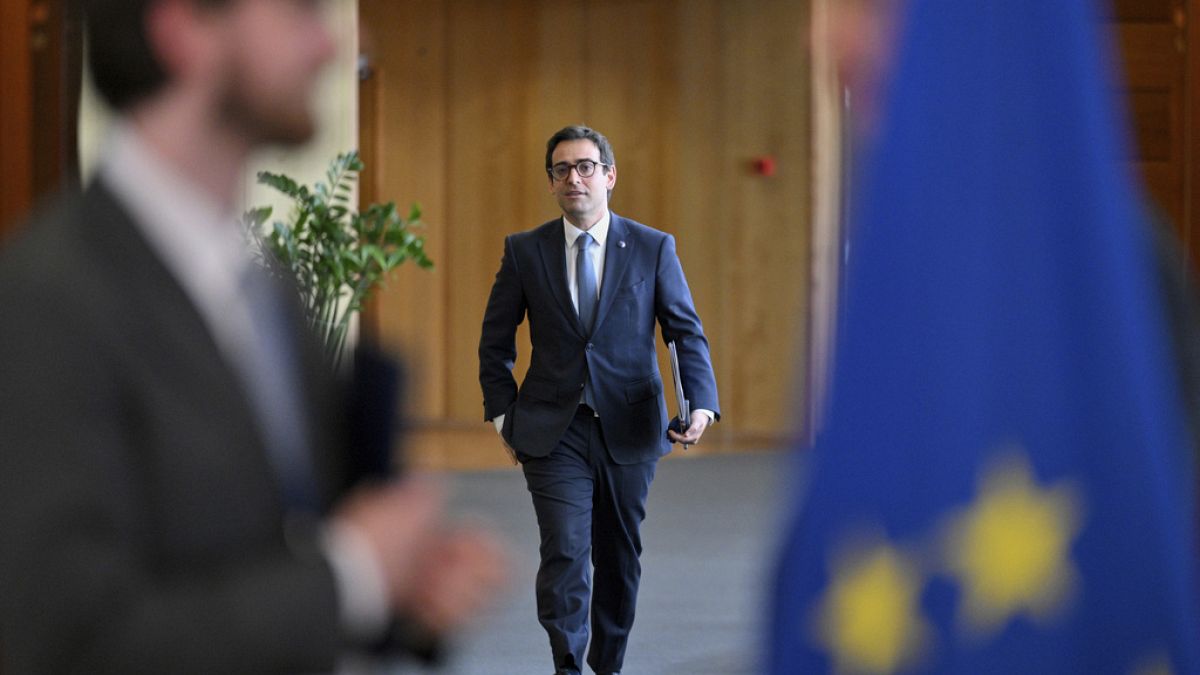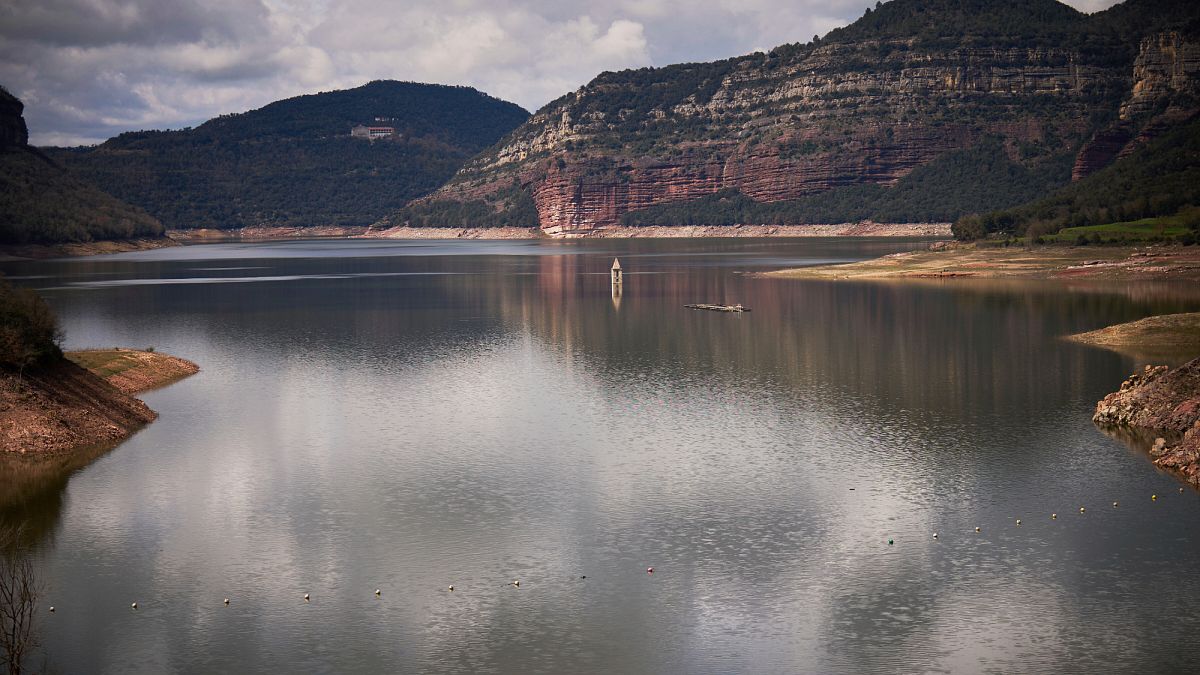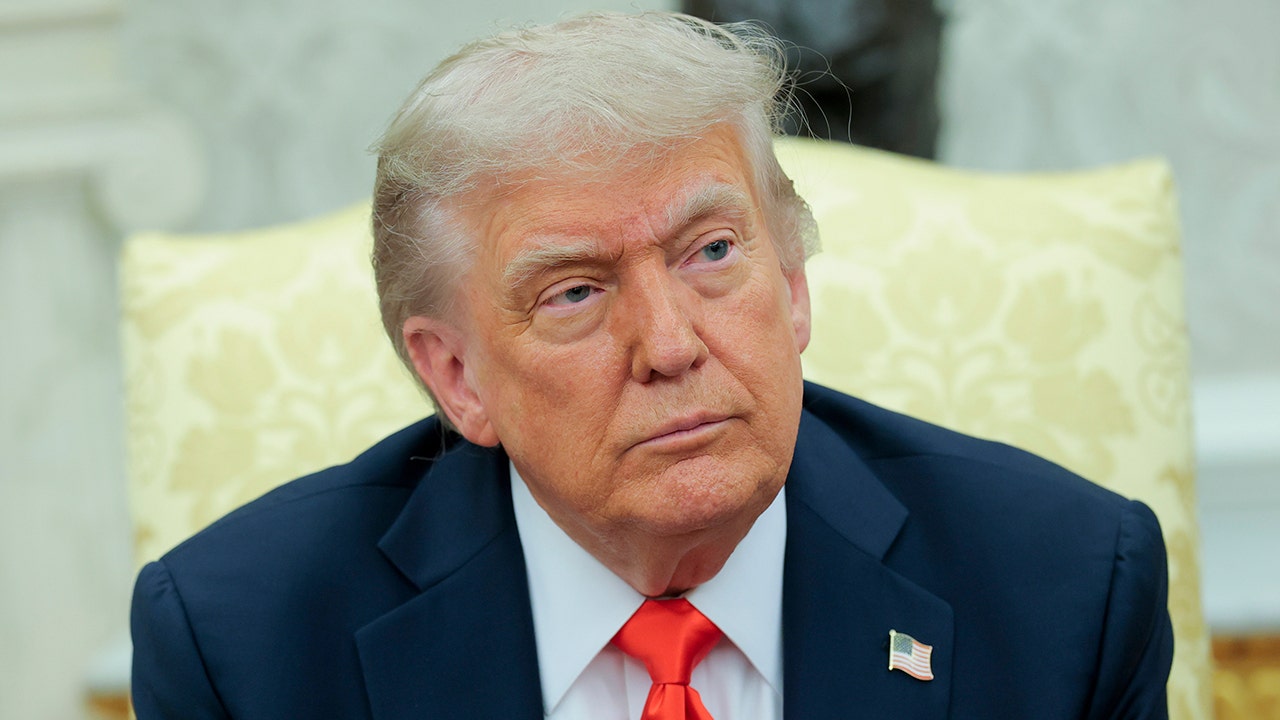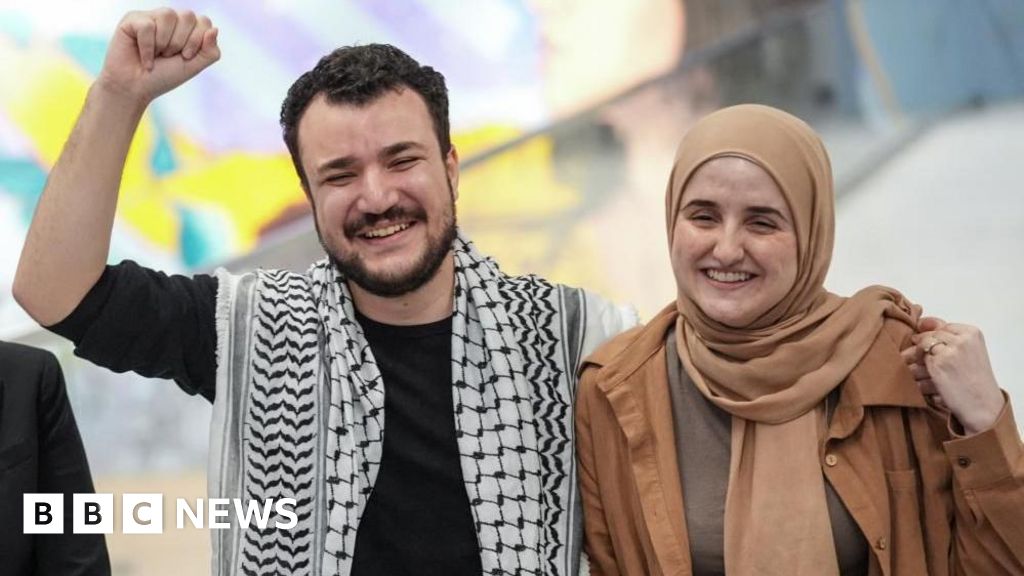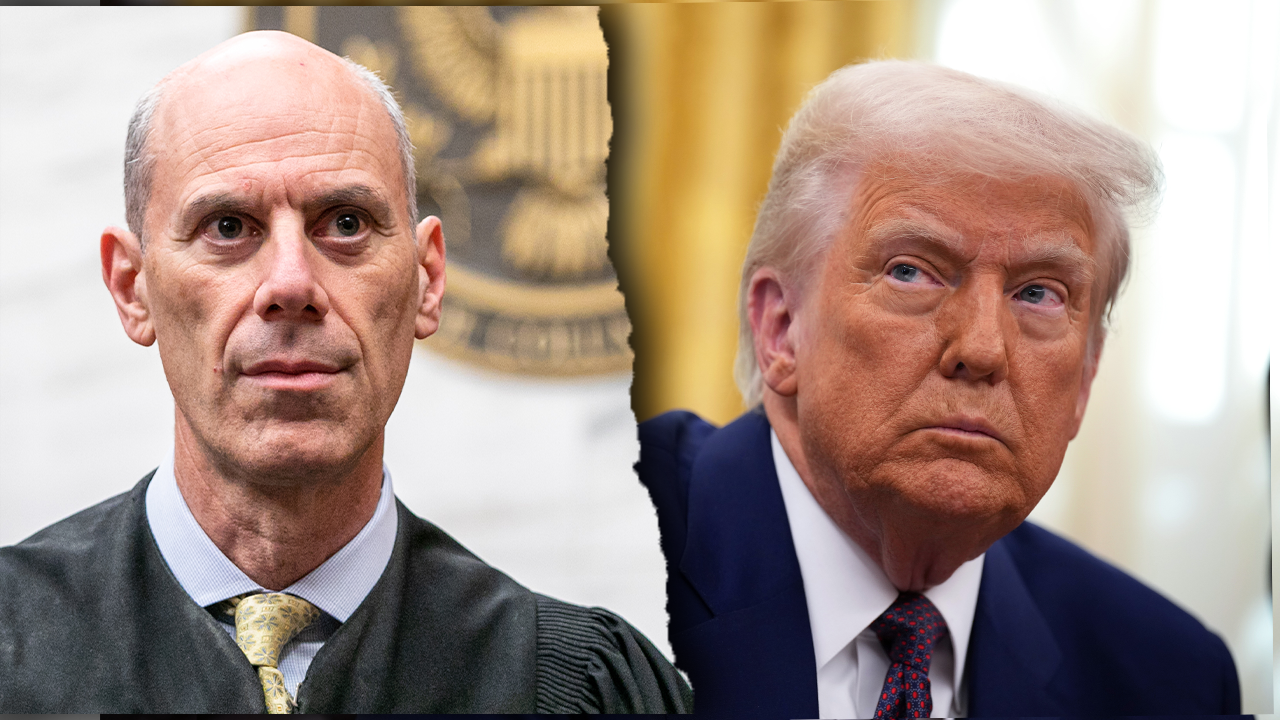World
Netherlands to ask opt-out from EU asylum rules 'as soon as possible'
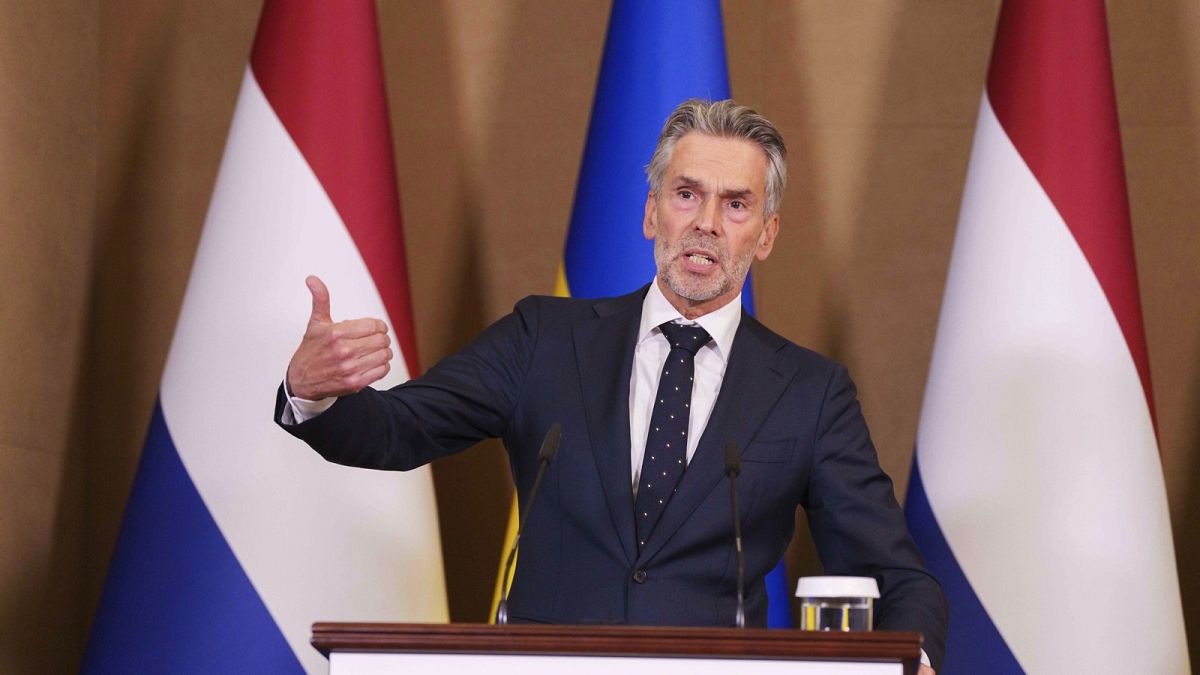
The four-party cabinet in the Netherlands has vowed to establish “the strictest asylum regime ever” to curb irregular migration.
The Dutch government of Prime Minister Dick Schoof has confirmed its intention to ask “as soon as possible” for an opt-out clause from the European Union’s migration and asylum rules, an unprecedented move from a founding member state.
The plan, previewed in July after Schoof took office, is considered far-fetched and symbolic, with little to no chance of succeeding as it would require re-tweaking highly sensitive legislation and could open the floodgates for similar demands.
It is unlikely that other capitals would be willing to accommodate The Hague’s wish: excluding the Netherlands from the bloc’s migration system would inevitably cause a wave of asylum seekers towards neighbouring countries, creating a crisis scenario.
However, the request represents a new brazen attempt by an EU country to challenge established laws in a desperate quest to curb irregular migration. It comes on the heels of Germany’s decision to re-establish border controls on all of its nine land borders, casting doubt over the functioning of the passport-free Schengen Area.
“The government will announce in Brussels as soon as possible that the Netherlands wants an opt-out of European asylum and migration regulations,” reads the government programme unveiled on Friday afternoon.
“As long as” this opt-out clause is not granted, the programme adds, the country will focus on implementing the New Pact on Migration and Asylum, the all-encompassing reform the EU completed in May after almost four years of hard-fought negotiations.
The Pact’s main novelty is a system of “mandatory solidarity” that will give countries three options to manage asylum seekers: relocate a certain number of them, pay €20,000 for each one they reject, or finance operational support. The Netherlands will choose financial support rather than reception, the programme confirms.
In anticipation of the Dutch announcement, the European Commission made it clear that all member states are bound by existing rules and that any exemption to their compliance should be negotiated before – not after – they are approved.
“We have adopted legislation. It’s adopted. You don’t opt out of adopted legislation in the EU,” a spokesperson said earlier in the day on Friday. “That’s a general principle.”
In May, the Netherlands voted in favour of all the laws that make up the New Pact.
The overhaul will take two years to enter into force. Member states have to submit implementation plans before the end of the year, detailing the administrative, operational and legal steps they intend to take to make the laws a reality.
‘Strictest regime ever’
The programme presented on Friday was agreed upon by the four parties that make up the ruling coalition in the Netherlands: the far-right, nationalist PVV; the conservative-liberal VVD; the populist, pro-farmers BBB; and the upstart, centre-right NSC.
Schoof, a technocrat, does not belong to any of them and was surprisingly picked as a consensus figure to captain the new political era.
The opt-out proposal is included in a wider chapter devoted to migration that features an extensive raft of measures meant to build up the “strictest asylum regime ever,” one of the key promises underpinning the cabinet.
The government argues the Netherlands can no longer cope with the “large influx” of asylum seekers asking for international protection, many of whom enter the EU through another member state and then travel across borders until arriving in Dutch territory.
About 48,500 asylum seekers and family members entered the country in 2023. Syrian, Turkish, Yemeni, Somali and Eritrean were among the most common nationalities.
According to the programme, the government will introduce emergency legislation with broad powers to freeze asylum applications and deport people without residence permits, “including by force.” Asylum seekers will be asked to return to their country of origin as soon as it is considered “safe,” a concept contested by NGOs.
The Netherlands also plans to work with “like-minded and surrounding countries” to manage a sudden influx of irregular migrants and build a “mini Schengen” area to intensify security surveillance.

World
Video: Air India C.E.O.’s Comments on Crash Draw Backlash Online

Good afternoon. First, and most importantly, I’d like to express our deep sorrow about these events. But first and most importantly, I would like to express our deep sorrow about this event. This is a difficult day for all of us at American Airlines, for all of us at Air India, and our efforts now are focused entirely on the needs of our passengers, crew members, partners, first responders, along with their families and loved ones. And our efforts now are focused entirely on the needs of our passengers, crew members, their families, and loved ones. I know that there are many questions at this early stage, and at this stage, I’ll not be able to answer all of them. I will not be able to answer all of them, but I do want to share the information I have at this time. But I do want to share the information we have at this time. We will continue to share accurate and timely information as soon as we can, as soon as we can, but anything we must report, or anything we report must be accurate and not speculative. We owe that to everyone involved. Our team of highly trained professionals will be working around the clock to support our passengers. For now, our teams are working around the clock to support passengers, crew and their families, crew and their families, as well as investigators, however we can. And we’ll update you as soon as we can. Thank you.
World
Israel says it killed Iranian commander who helped fund, arm Hamas
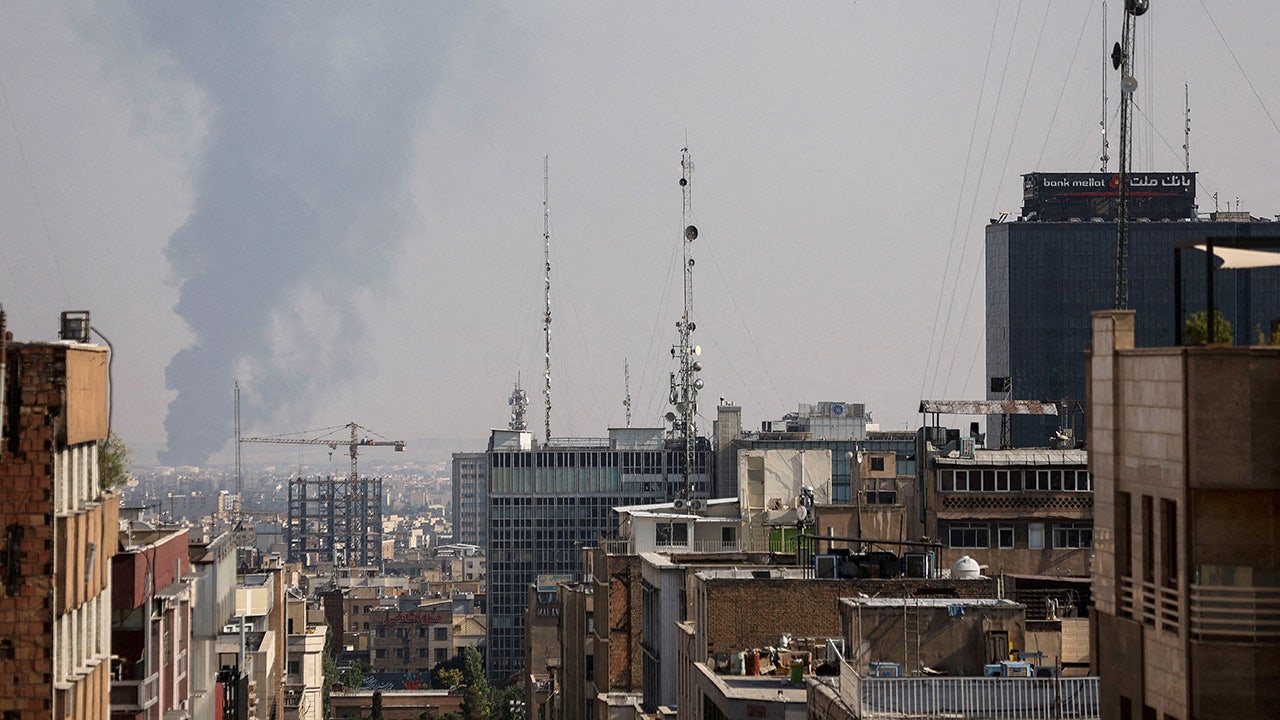
NEWYou can now listen to Fox News articles!
The Israel Defense Forces on Saturday said it had killed an Iranian commander who for years helped arm and fund Hamas on behalf of the regime.
Saeed Izadi, commander of the Palestine Corps in the Quds Force, was killed early Saturday during an Israeli strike in the city of Qom.
Izadi was also “one of the orchestrators” of the Oct. 7, 2023, unprovoked Hamas attack on Israel, according to BBC News.
“The blood of thousands of Israelis is on his hands,” IDF chief Eyal Zamir said in a statement, calling it a “tremendous intelligence and operational achievement.”
ISRAEL SAYS IT KILLED IRAN’S ‘SENIOR-MOST MILITARY OFFICIAL’
Smoke rises following an Israeli attack on a Tehran oil refinery, June 15. (West Asia News Agency via Reuters)
Following the killing of Mohammed Sinwar, the head of Hamas’ armed wing, at a hospital in Gaza in May, a joint operation between the IDF and the Israel Security Agency (ISA) discovered an underground command center underneath the hospital.
Israeli troops found documents in the command center revealing that Hamas’ military wing had maintained contact with Izadi in recent months, including Sinwar.
Correspondence between Sinwar and Izadi planning an operation in which Izadi would arm Hamas with $21 million in weapons followed by an additional $25 million in weapons was found in the command center, the IDF said.
TOP ADVISOR TO IRANIAN SUPREME LEADER KILLED IN ISRAELI STRIKES, STATE MEDIA SAYS
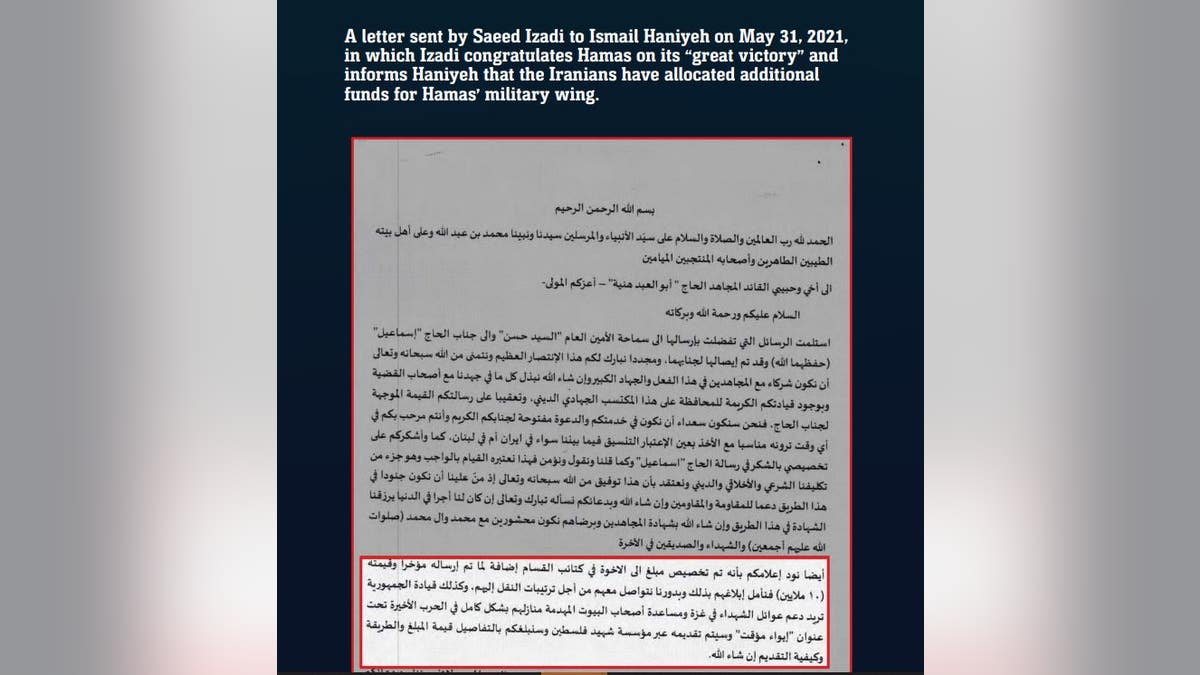
The IDF found correspondence between Izadi and Hamas in an underground command center in Gaza. (IDF)
“Due to the intensive efforts of the Southern Command, the Intelligence Directorate and the ISA, these two projects to arm Hamas’s military wing in the Gaza Strip with advanced weapons worth tens of millions of dollars did not come to fruition,” the IDF said.
Izadi had been sanctioned by the U.S. and U.K. over his ties to the Palestinian militant faction Islamic Jihad, which also helped plan the Oct. 7 terror attacks.
The IDF said later Saturday that it also had killed a second Iranian commander, Benham Shariyari, during a strike on his vehicle in Tehran.

IDF forces are seen operating in Rafah, a city in the Gaza Strip. (IDF Spokesman’s Office)
Shariyari had been “responsible for all weapons transfers from the Iranian regime to its proxies across the Middle East,” including missiles and rockets launched by Hezbollah, Hamas and the Houthis at Israel, the IDF said.
“Since the outbreak of the war, the IDF has been working to dismantle the military capabilities of the Hamas terrorist organization. The IDF will continue to act against any attempt by the Iranian regime to arm and fund the terrorist organizations that threaten the State of Israel and its civilians,” the IDF said. “The elimination of Izadi constitutes a significant blow to the Iranian regime’s weapons supply and terror financing network.”
World
'Iran didn't want a result' – Was Iran just playing with German Foreign Minister Wadephul?
German Foreign Minister Johann Wadephul held nuclear negotiations with Iran in Geneva. His mission was to de-escalate the Israel-Iran conflict, but he was unsuccessful. According to Middle East expert Ovens, “Iran is playing with the West.”
-

 Arizona3 days ago
Arizona3 days agoSuspect in Arizona Rangers' death killed by Missouri troopers
-

 Education1 week ago
Education1 week agoOpinion | Artificial intelligence, Trump and the Future: 13 Gen Z-ers Discuss
-

 Technology1 week ago
Technology1 week agoGoogle is shutting down Android Instant Apps over ‘low’ usage
-

 Culture1 week ago
Culture1 week agoSlow and Steady, Kay Ryan’s “Turtle” Poem Will Win Your Heart
-

 News1 week ago
News1 week ago‘No Kings’ demonstrators to gather across Greater Cincinnati in opposition to Trump
-

 News6 days ago
News6 days agoAt Least 4 Dead and 4 Missing in West Virginia Flash Flooding
-

 Politics1 week ago
Politics1 week agoFate of Trump's $9.4 billion spending cut package hangs on House GOP moderates
-

 News1 week ago
News1 week agoHow Many Law Enforcement Agencies Are Involved in LA Immigration Protests?

